In this tour, get to know:
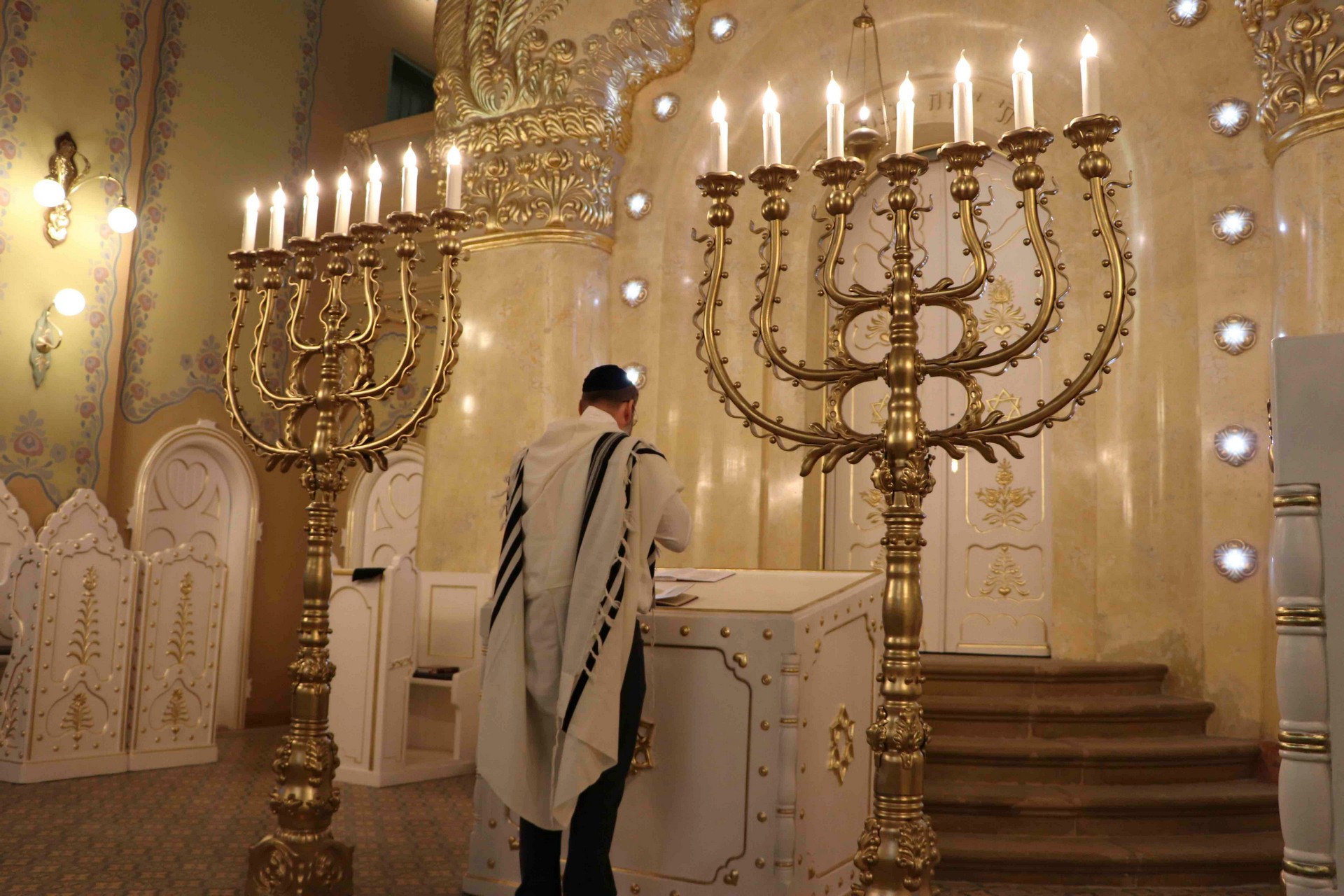
The history of the Jewish community in Subotica
The first Jewish families settled on the outskirts of Subotica in 1775. Some years later, the Jewish people of the city asked for and got permission to form their own religious community. Subotica’s first synagogue was built at the beginning of the 19th century. At that time, 43 Jewish families...
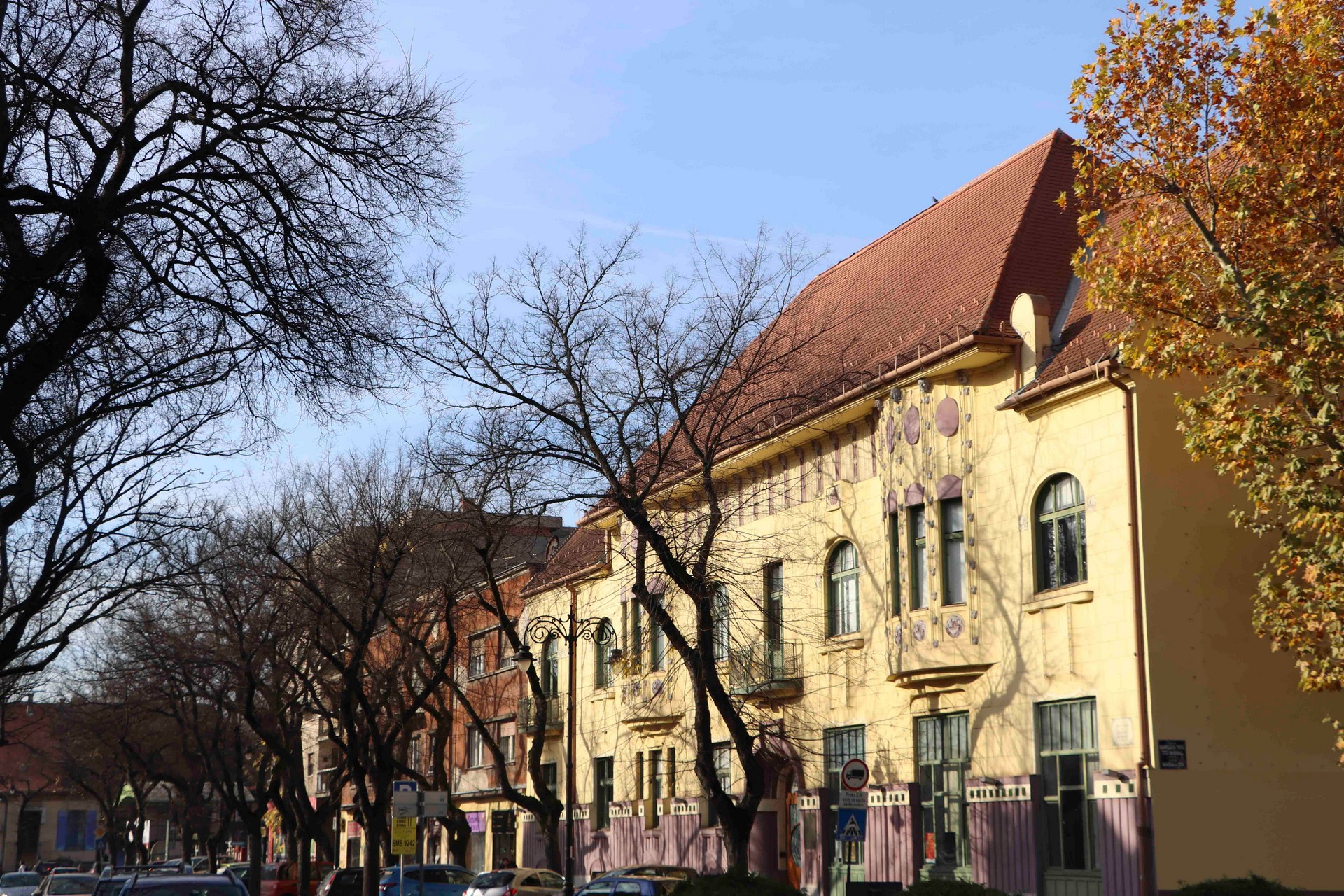
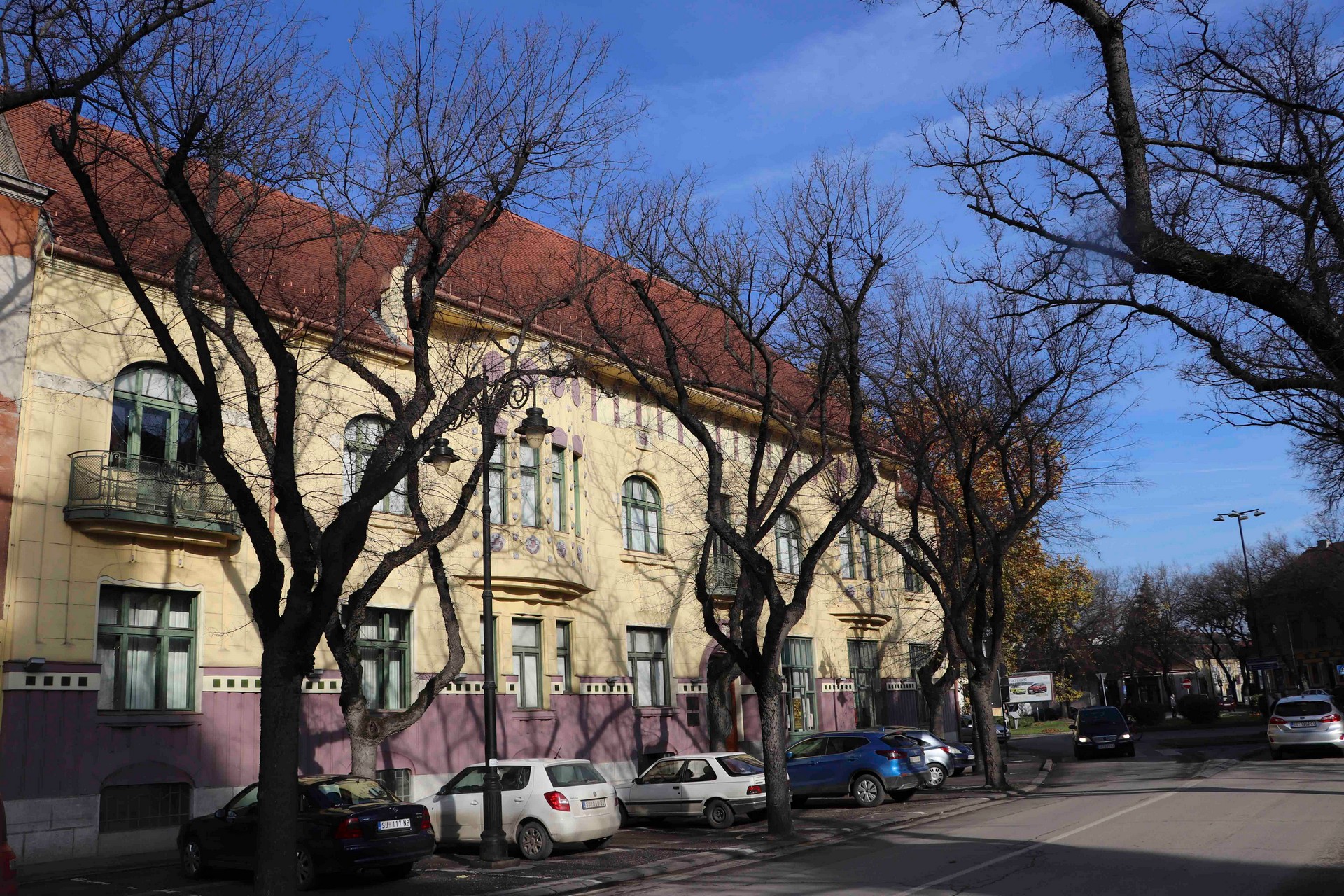
The Dömötör Palace –The City Museum
The former owners and tenants of this palace have left a significant mark on health, journalism, entrepreneurship, and the arts in Subotica. Dömötör palace was built in 1906 by Dr Miksa Dömötör, a physician and a versatile intellectual. The architects of the palace were the Vágó brothers from Budapest. Between...
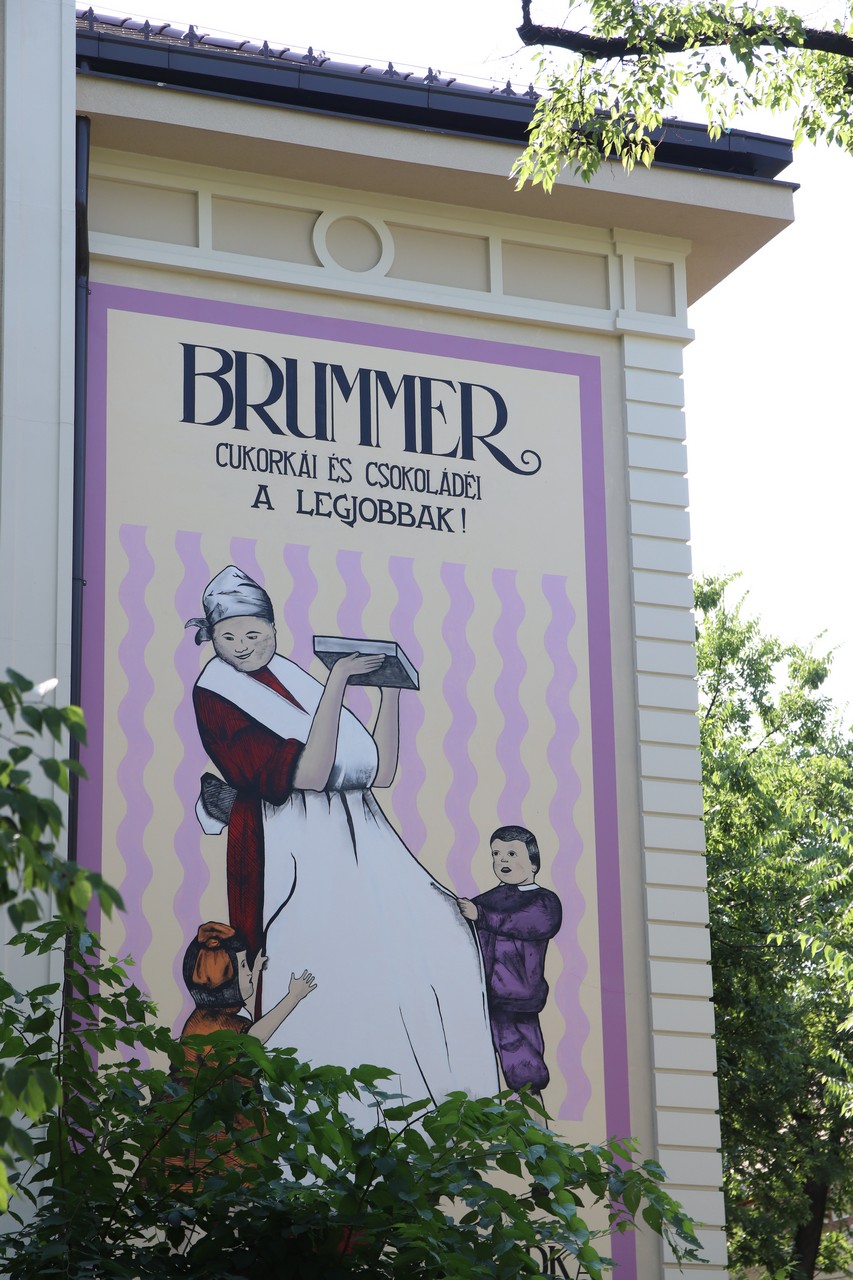
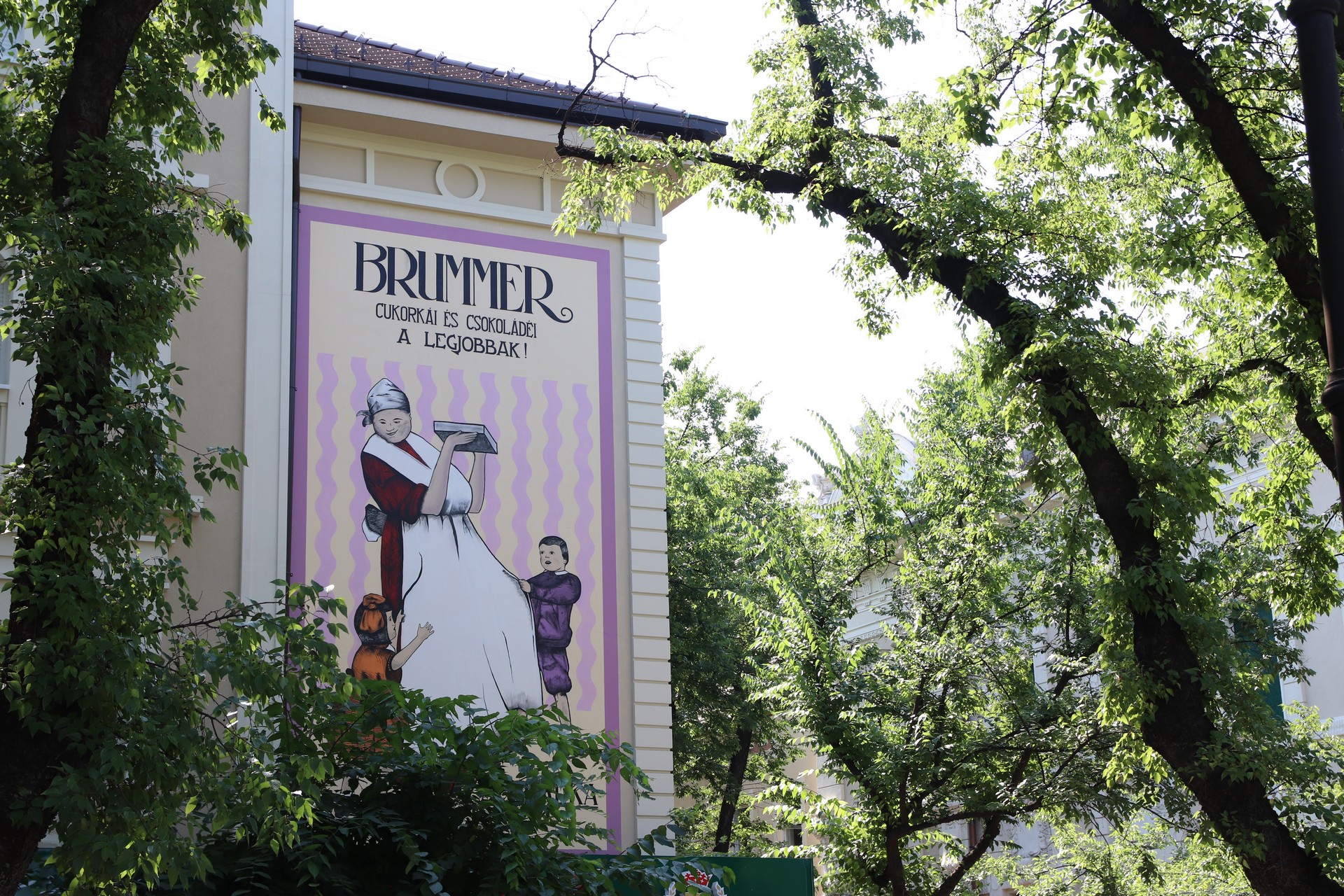
The Brummer Mural
Julius Brummer (Gyula Brummer) – who was born in Subotica in 1870 and tragically died in 1944 at Auschwitz – was the founder of The First Subotica Bonbon and Chocolate Factory in 1904. This factory produced cookies, biscuits, and gingerbread. The company had a big retail shop in the main...
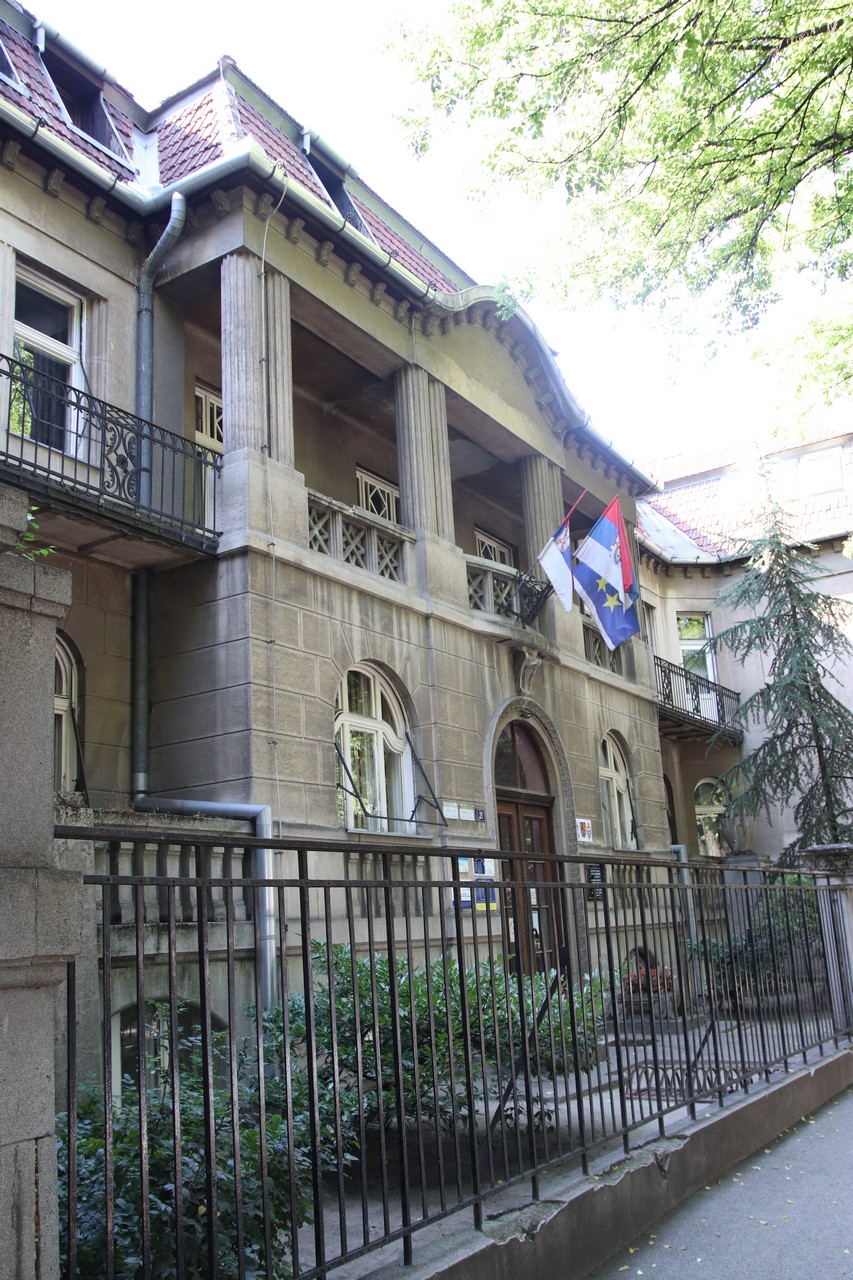
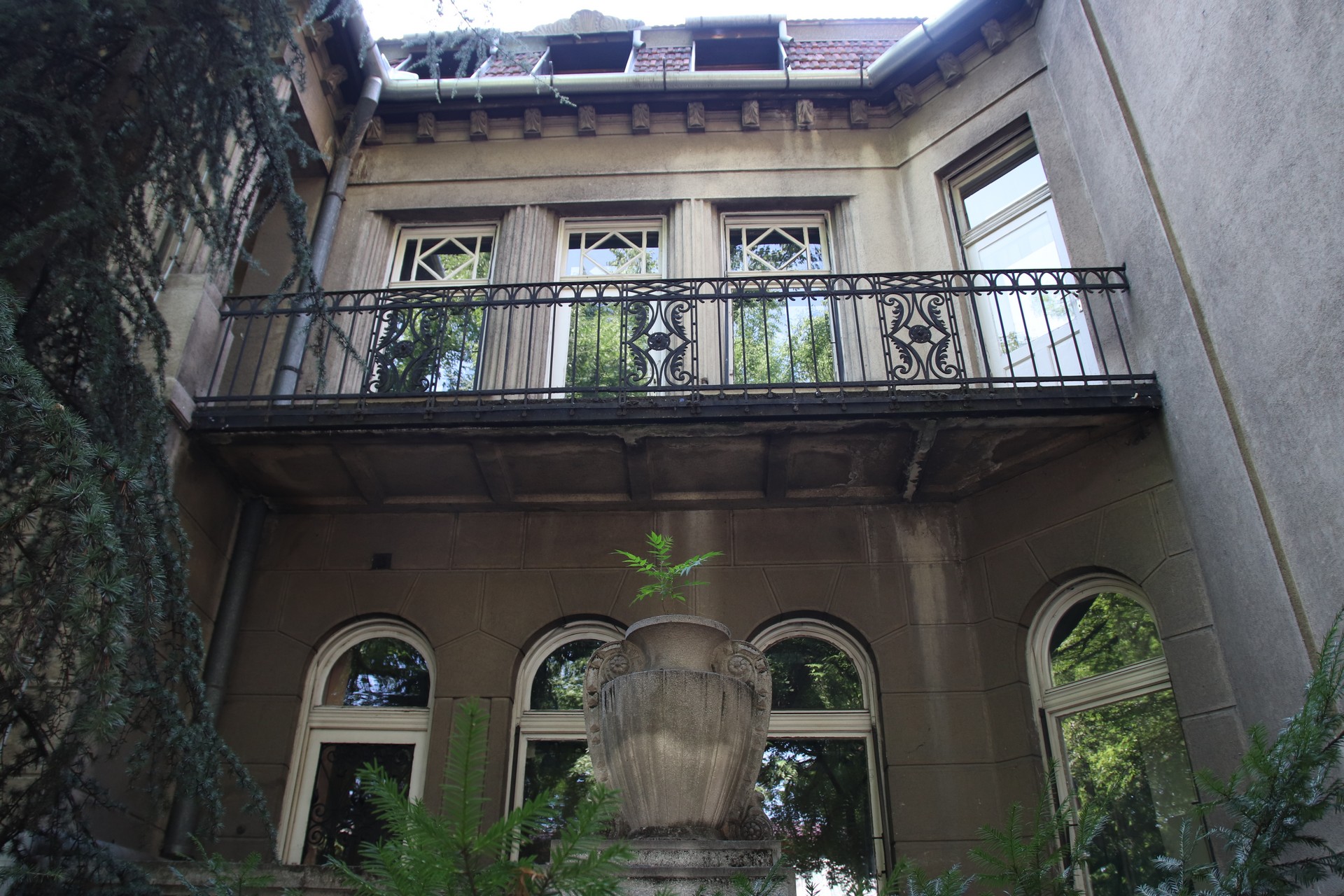
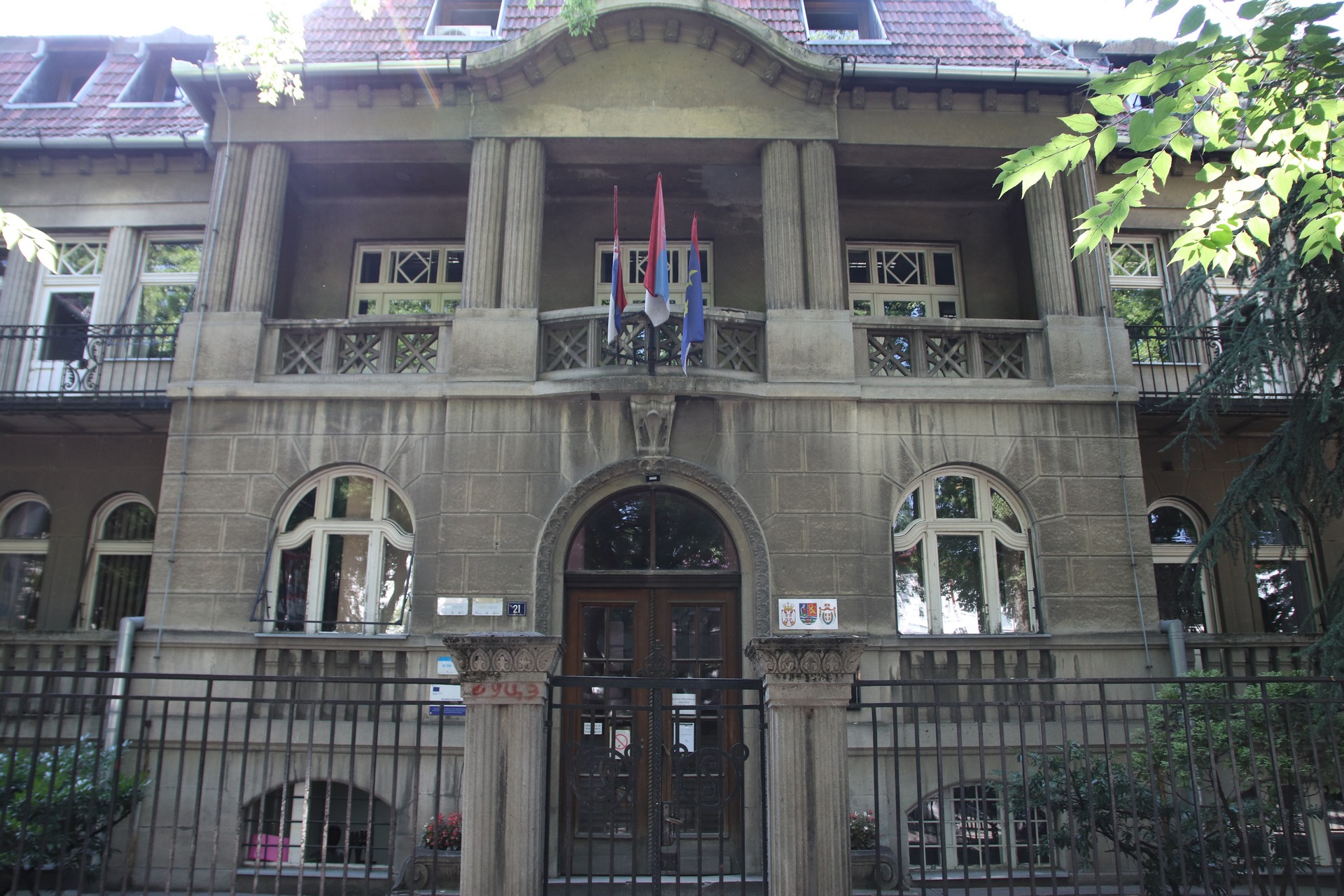
Former Jewish hospital
The Jewish hospital was founded in 1923, but in 1936 it moved into the building you see today on Đure Đaković Street. It was then the only Jewish hospital in Yugoslavia. Poor members of the Jewish community were treated free of charge, while those with limited funds paid only a...
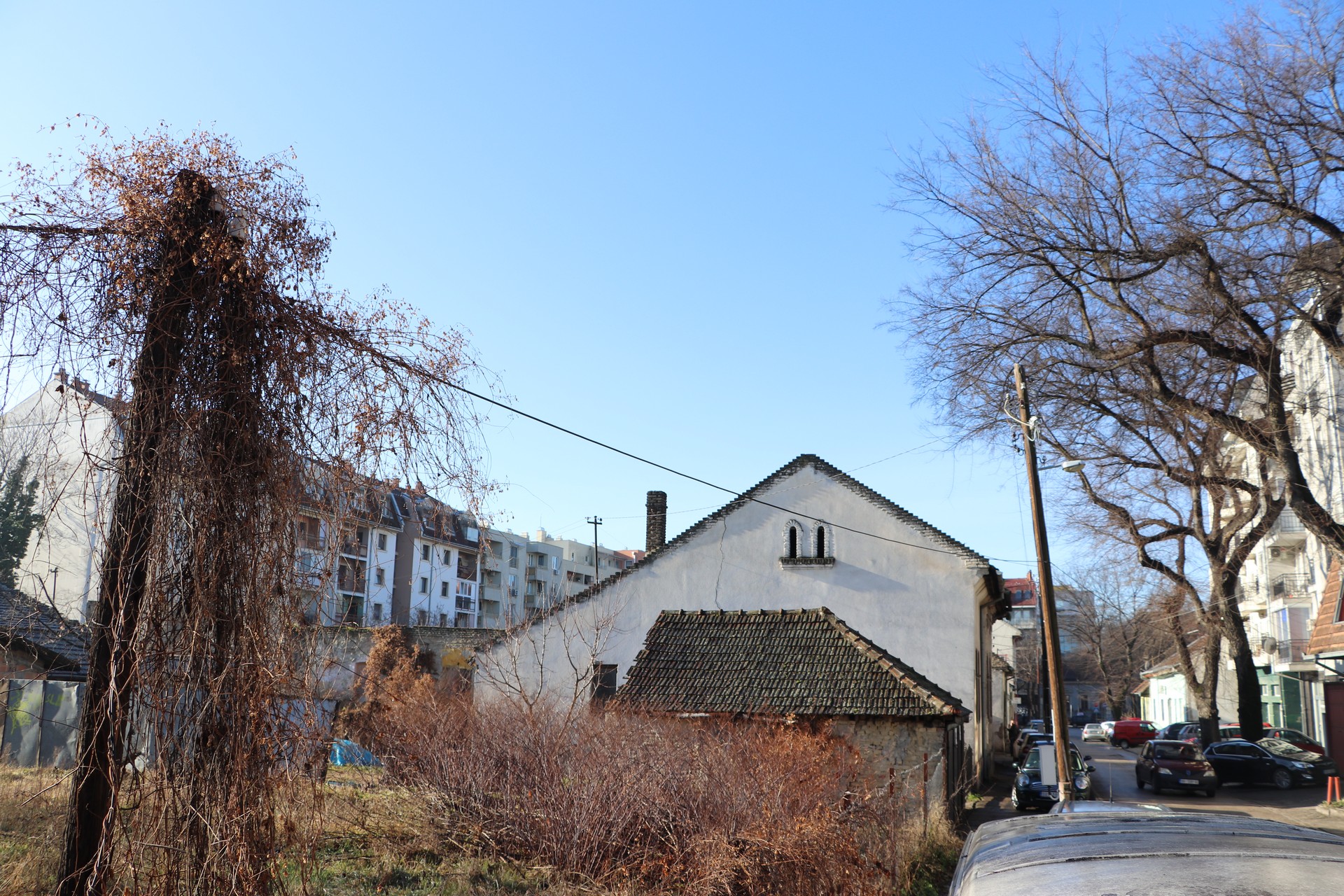
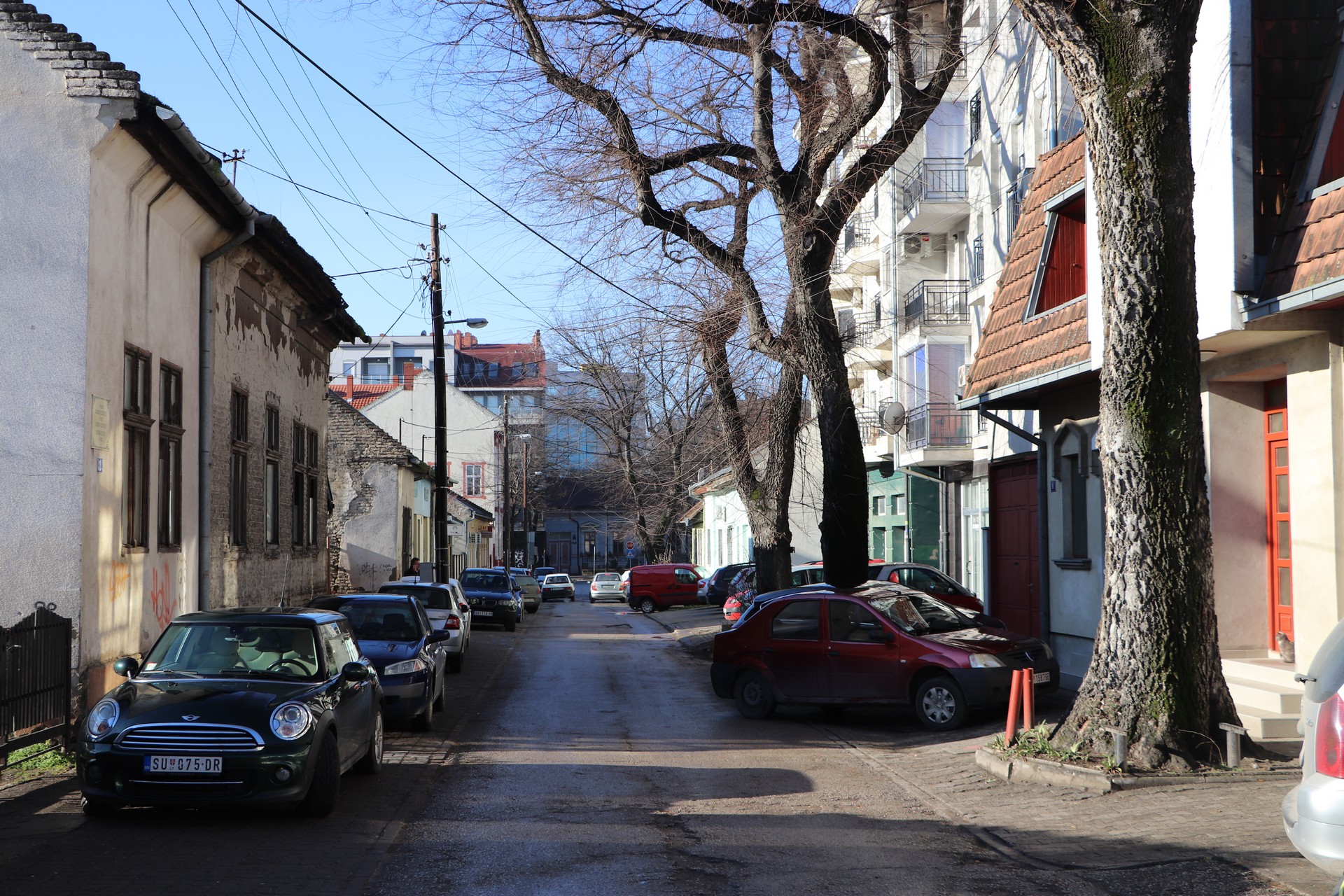

The Ghetto and the Holocaust
Hitler’s Germany attacked Yugoslavia on the 6th of April 1941. From that point on, the region of Bačka was occupied by Hungary and was considered an integral part of the country. At first, Jews were not taken to concentration camps in large numbers, but Jewish men were taken to forced...
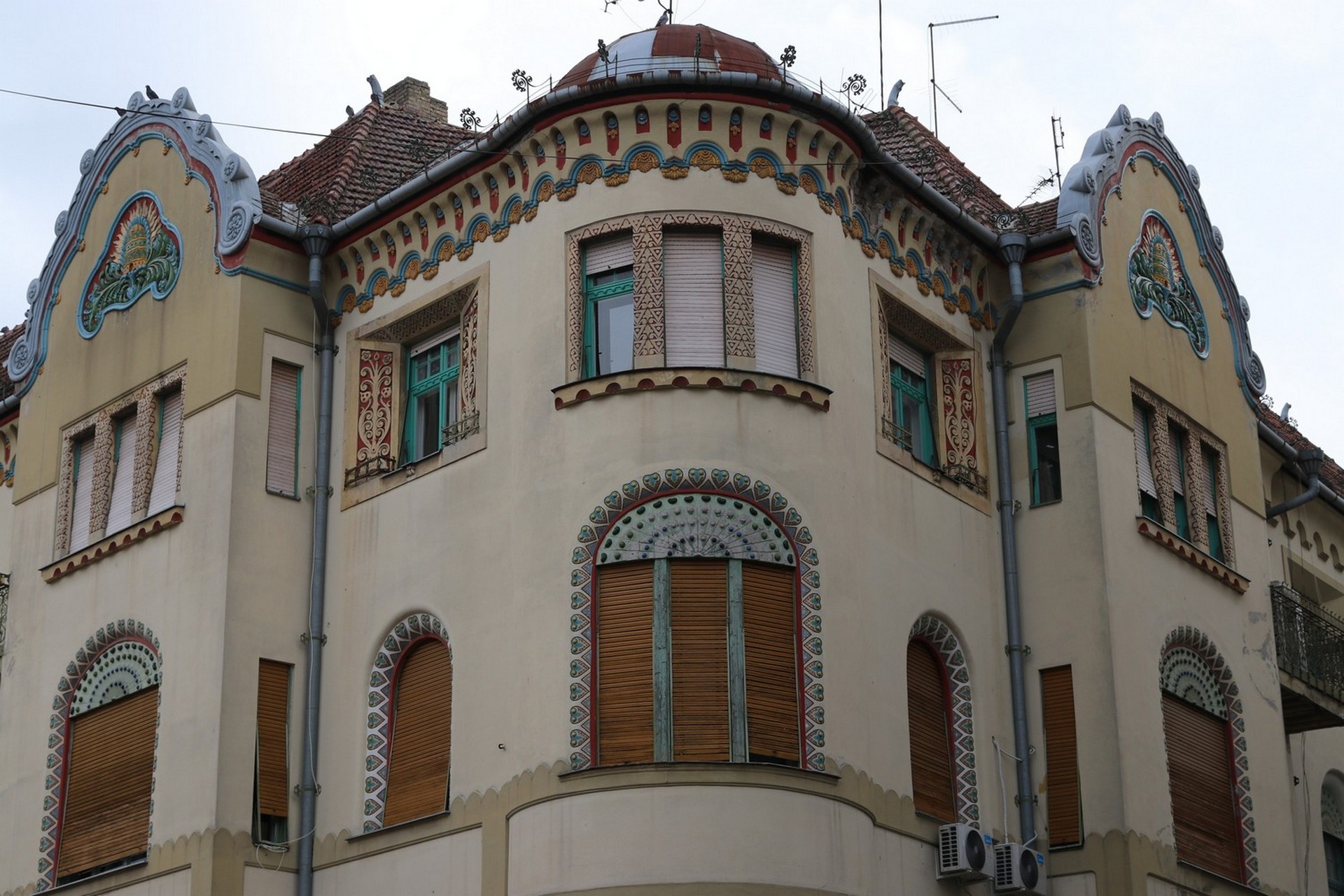
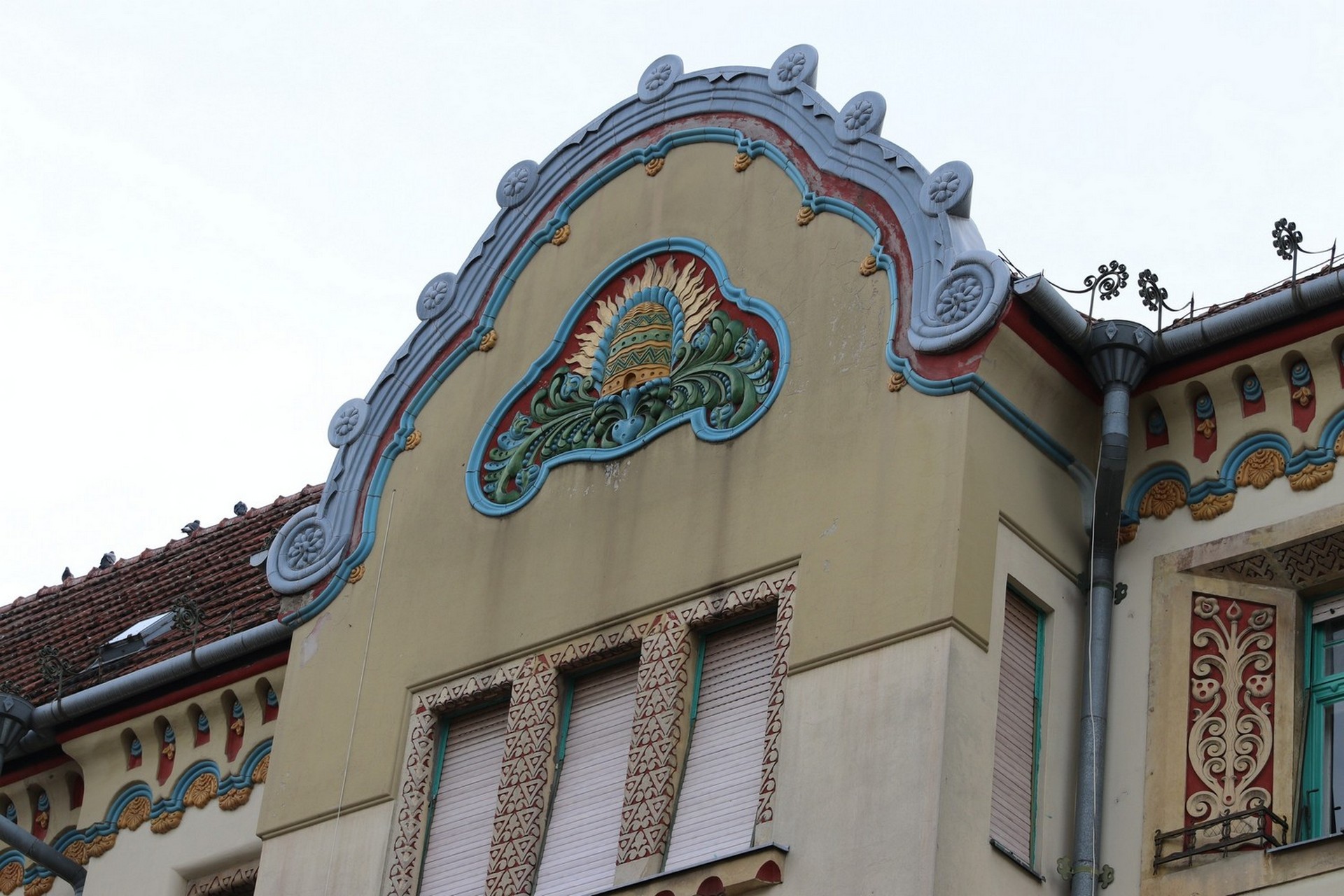
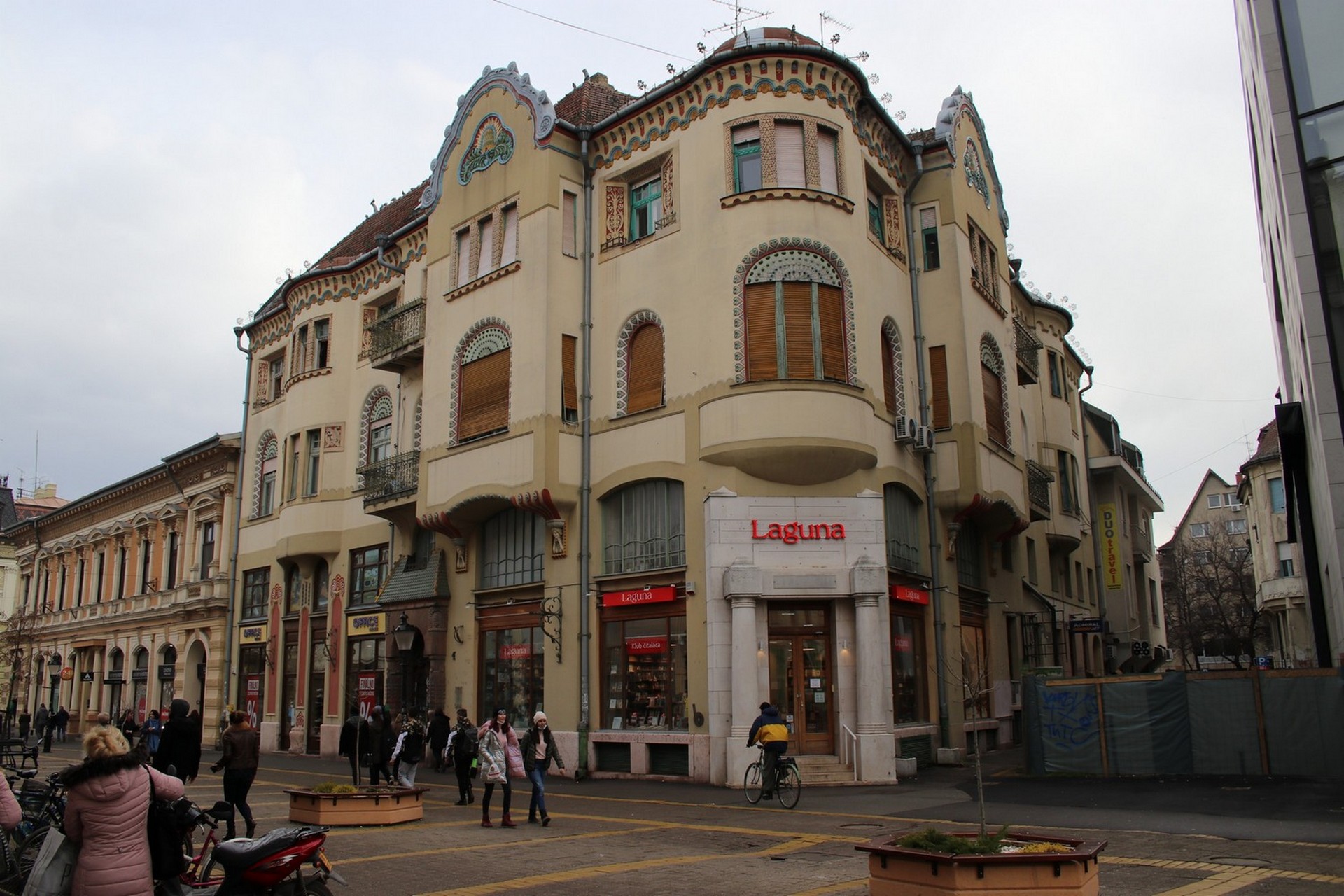
The Former Subotica Savings Bank Palace
This building was designed in the Hungarian Art Nouveau style by two Jewish architects: Marcell Komor and Dezső Jakab. They created the bank in 1907, in between designing the Synagogue and the City Hall. It used to be the only bank on the city’s main street. In addition to the...
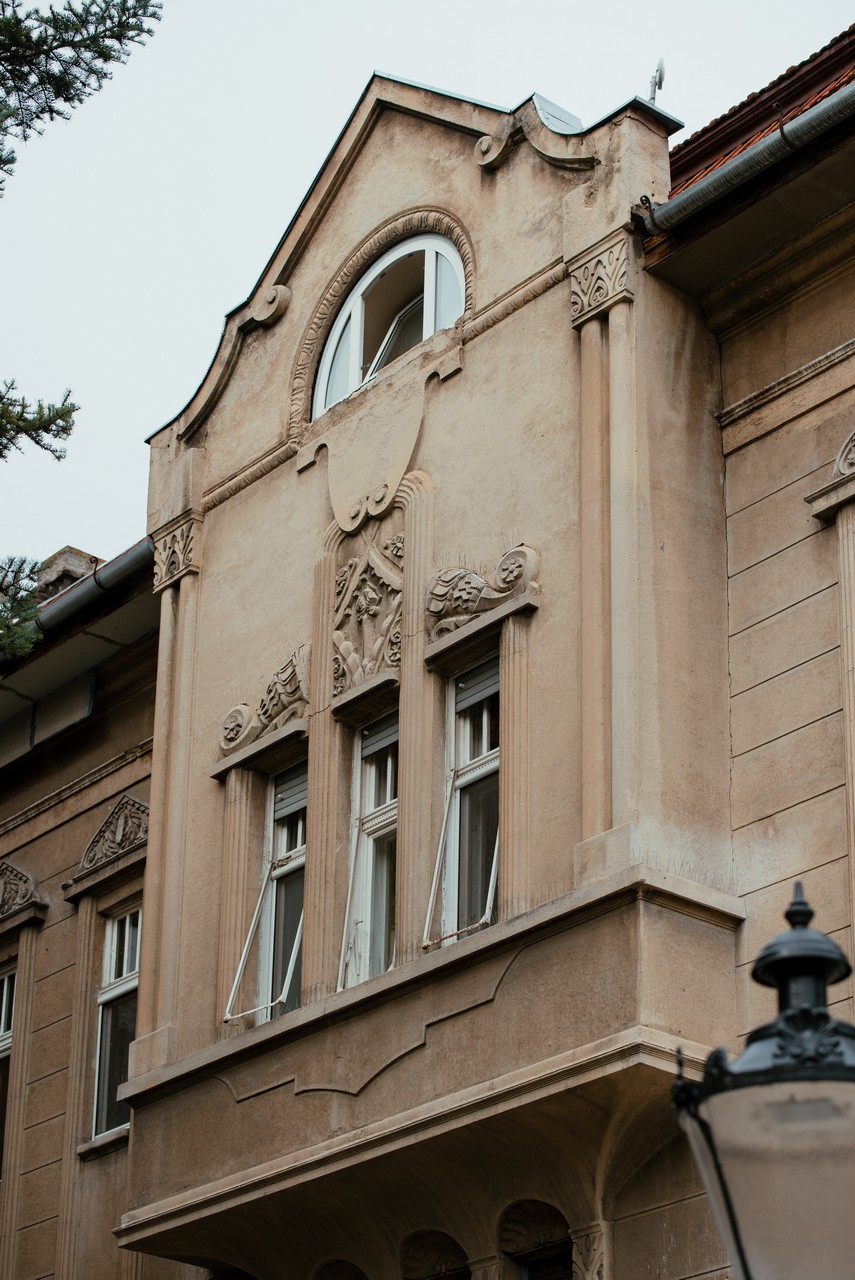
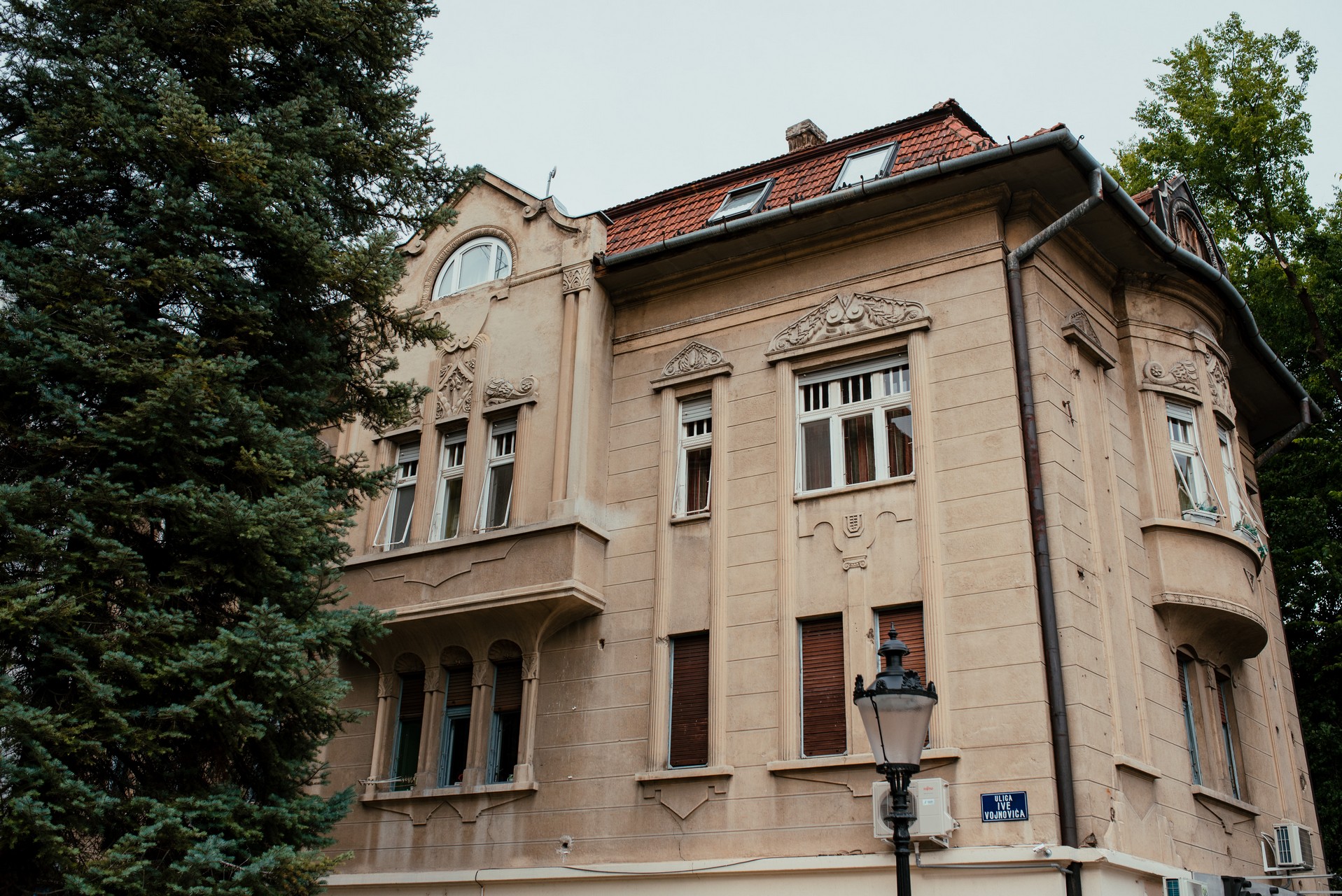
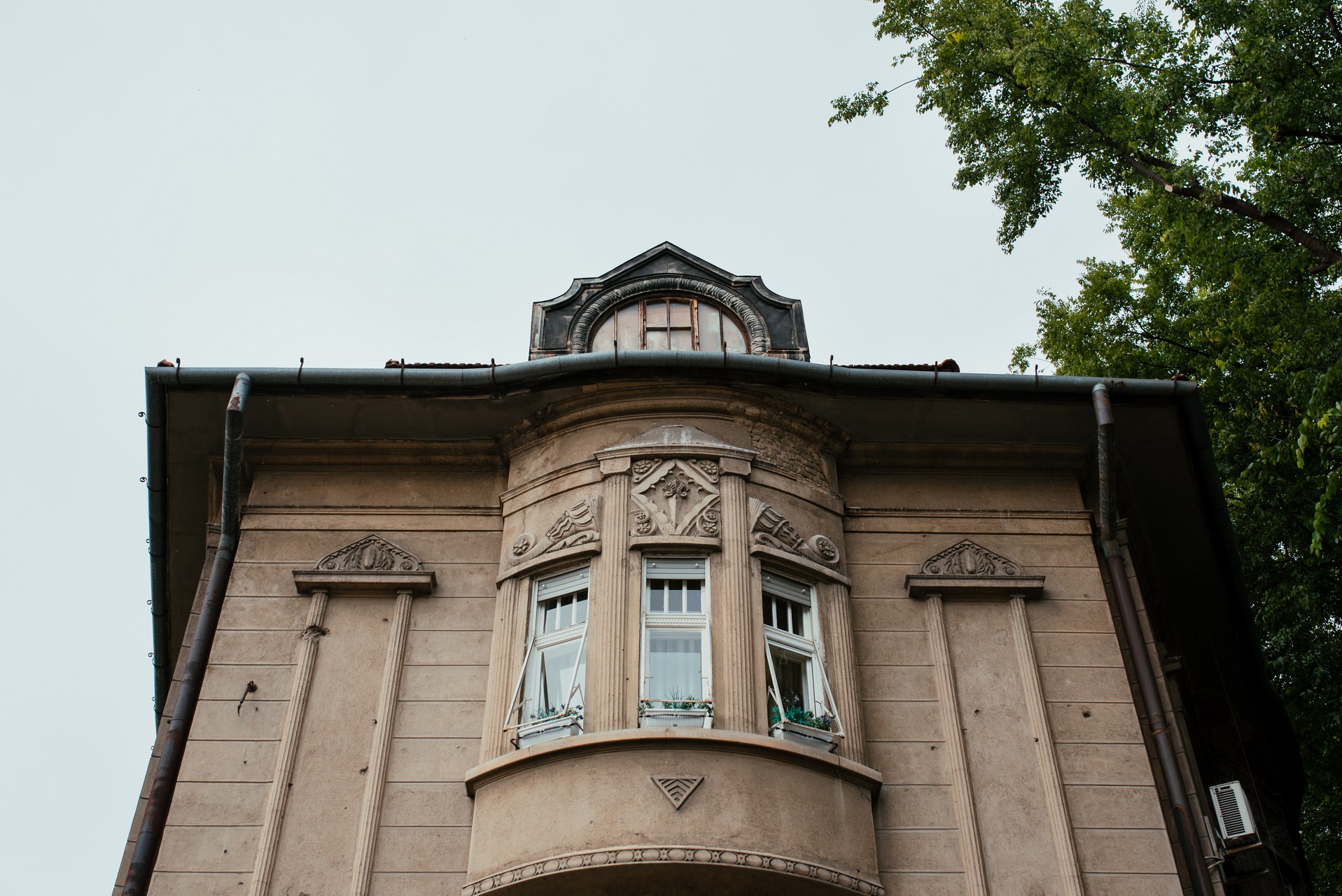
József Ruff’s Palace
After his father’s death in 1909, József Ruff moved to Subotica with his mother and his brother Adolf. Following in the footsteps of their uncle Julius Brummer, the owner of the First Subotica Bonbon and Chocolate Factory, the brothers started their own candy factory in 1917. After Adolf’s death in...
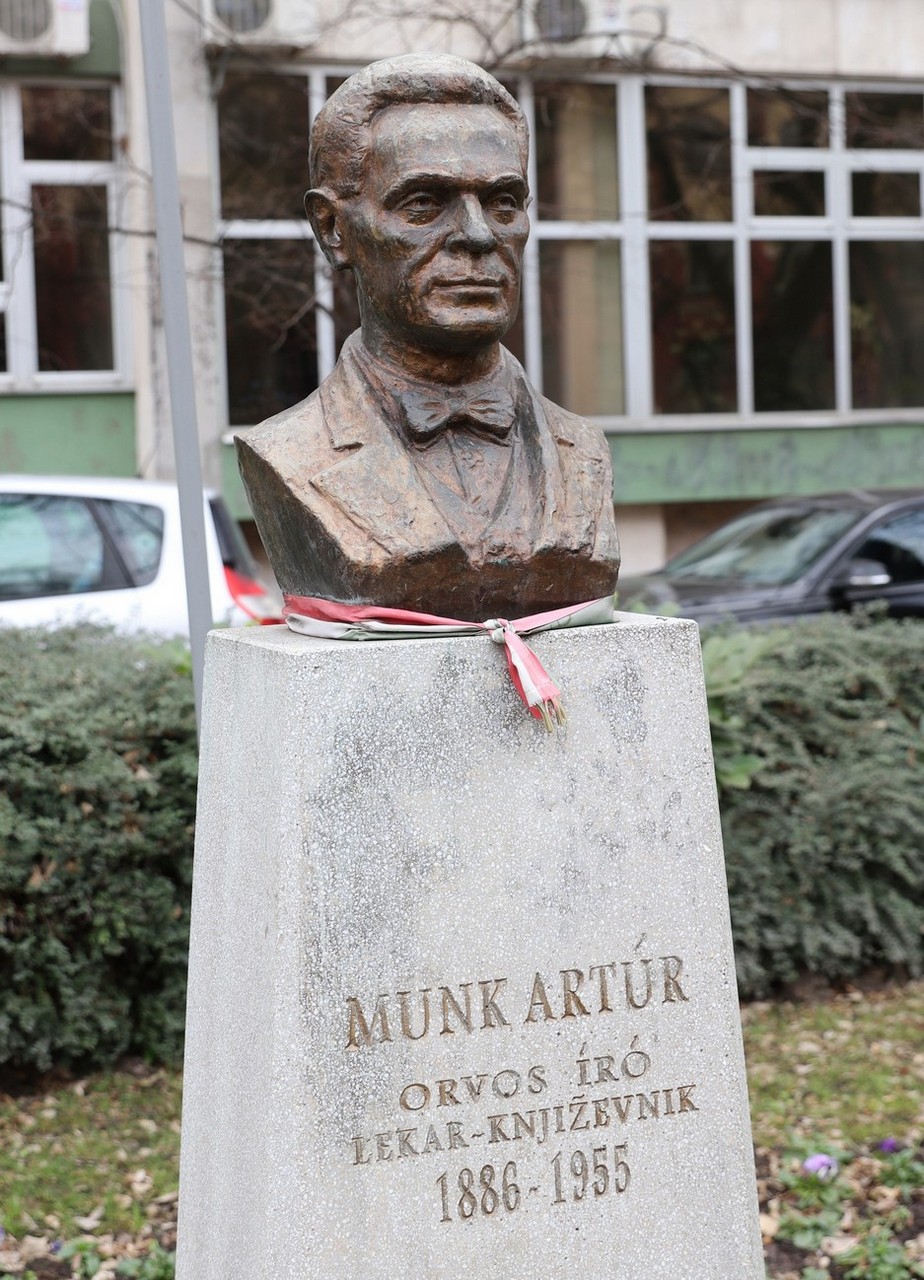
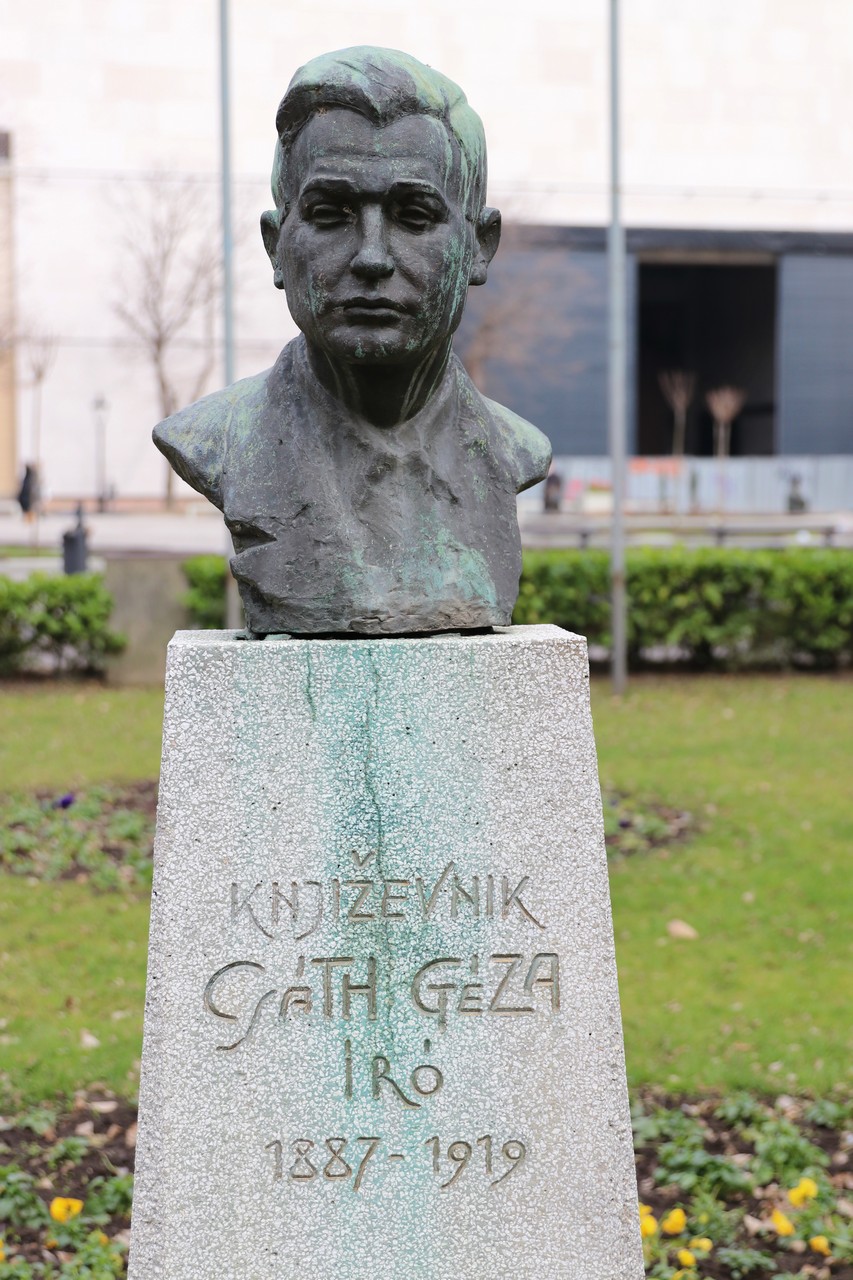

Busts of Kiš, Csáth and Munk
Danilo Kiš was born in Subotica on the 22nd of February 1935 and died in Paris on the 15th of October 1989. He was a writer of modern expression – a poet, prose writer, translator, and essayist. The bust of Danilo Kiš, which was created by Erzsébet Weil, was erected...
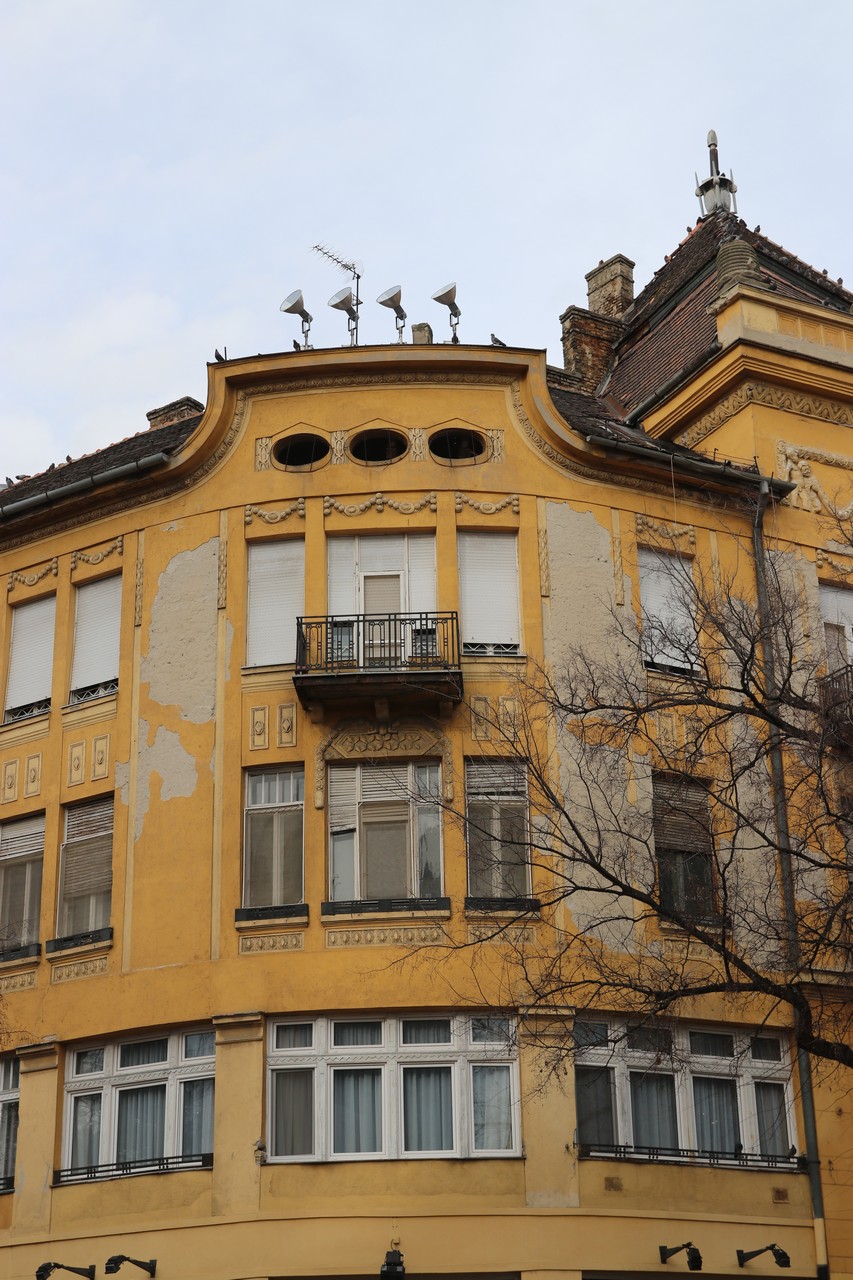
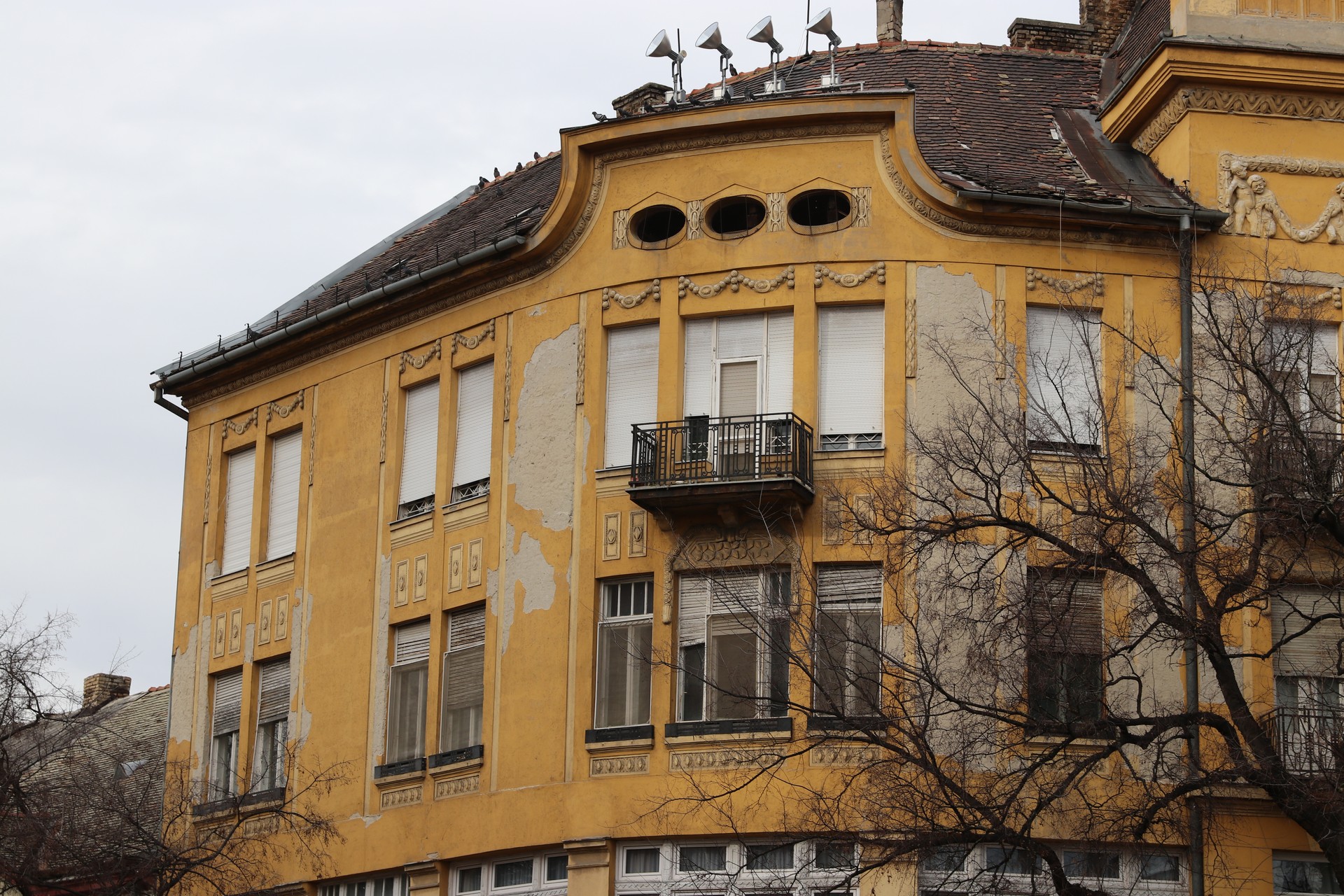
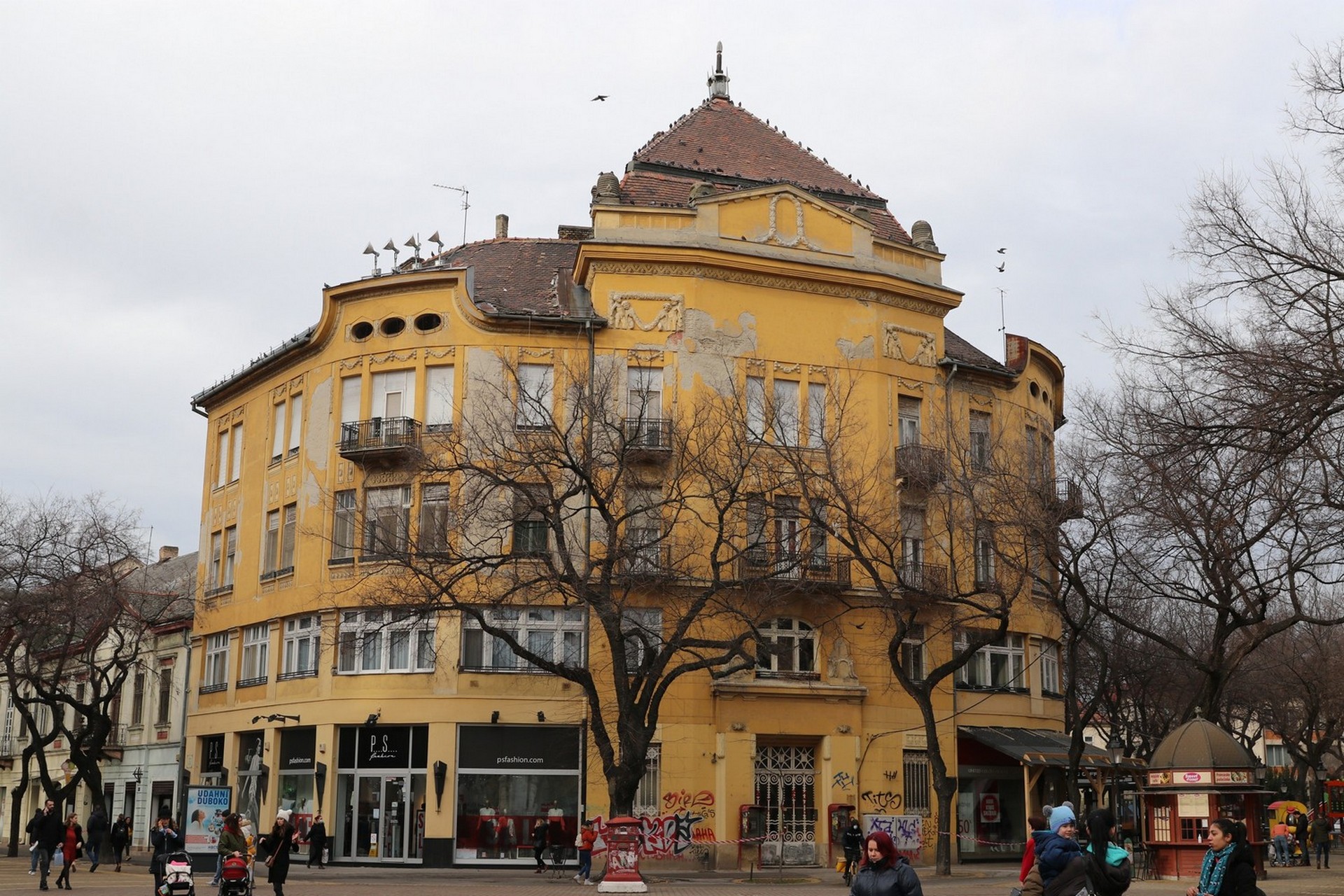
The Former Hungarian credit bank
Despite being large and in a central location, the former bank building often goes unnoticed, being overshadowed by the City Hall, the spacious town square, a monumental theatre. The bank was built in 1911 in the geometric Vienna Secession style. The designer of this building was Budapest architect Alfréd Hajós,...
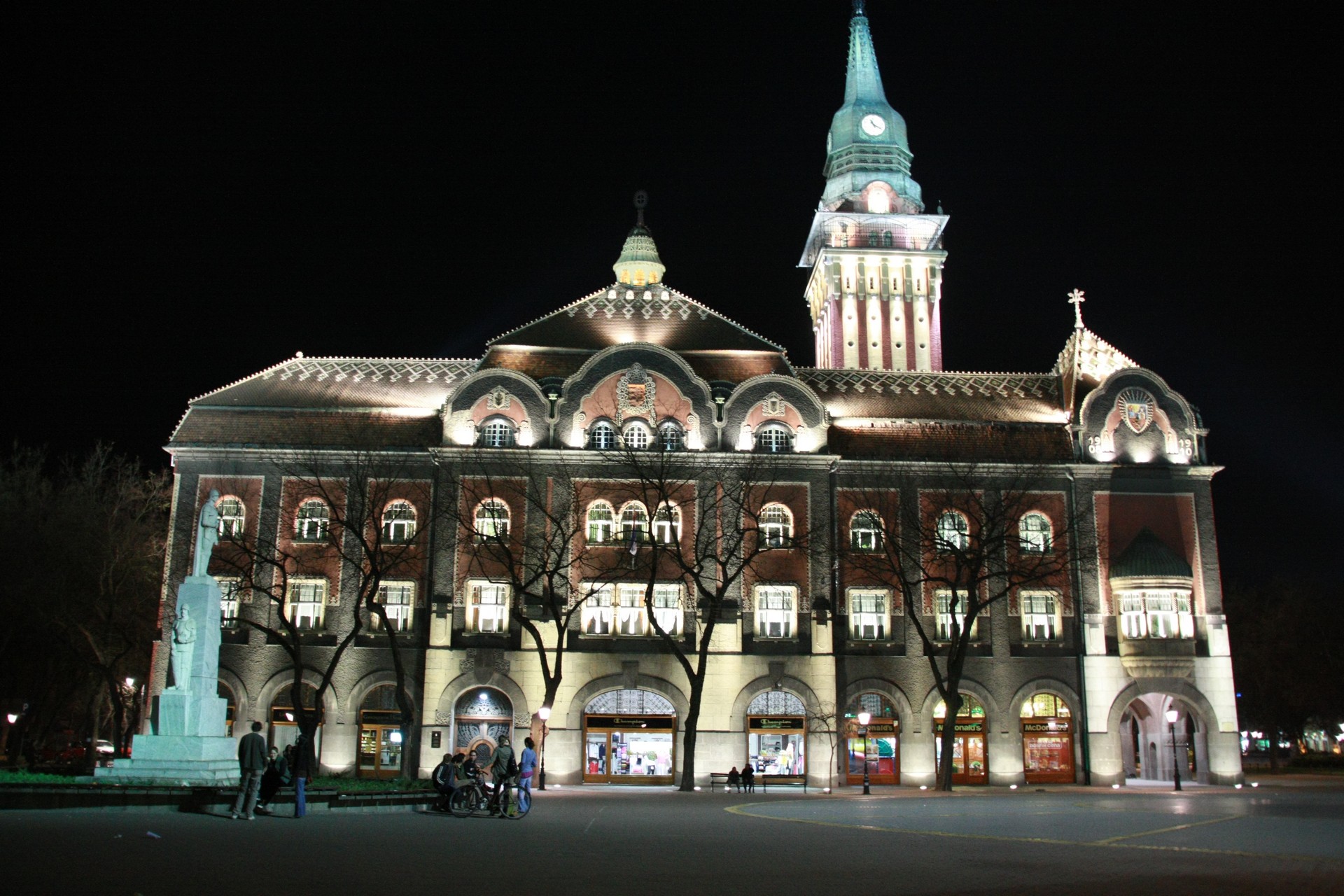 cc_Prissantenbär_CC-BY-SA-3.0
cc_Prissantenbär_CC-BY-SA-3.0
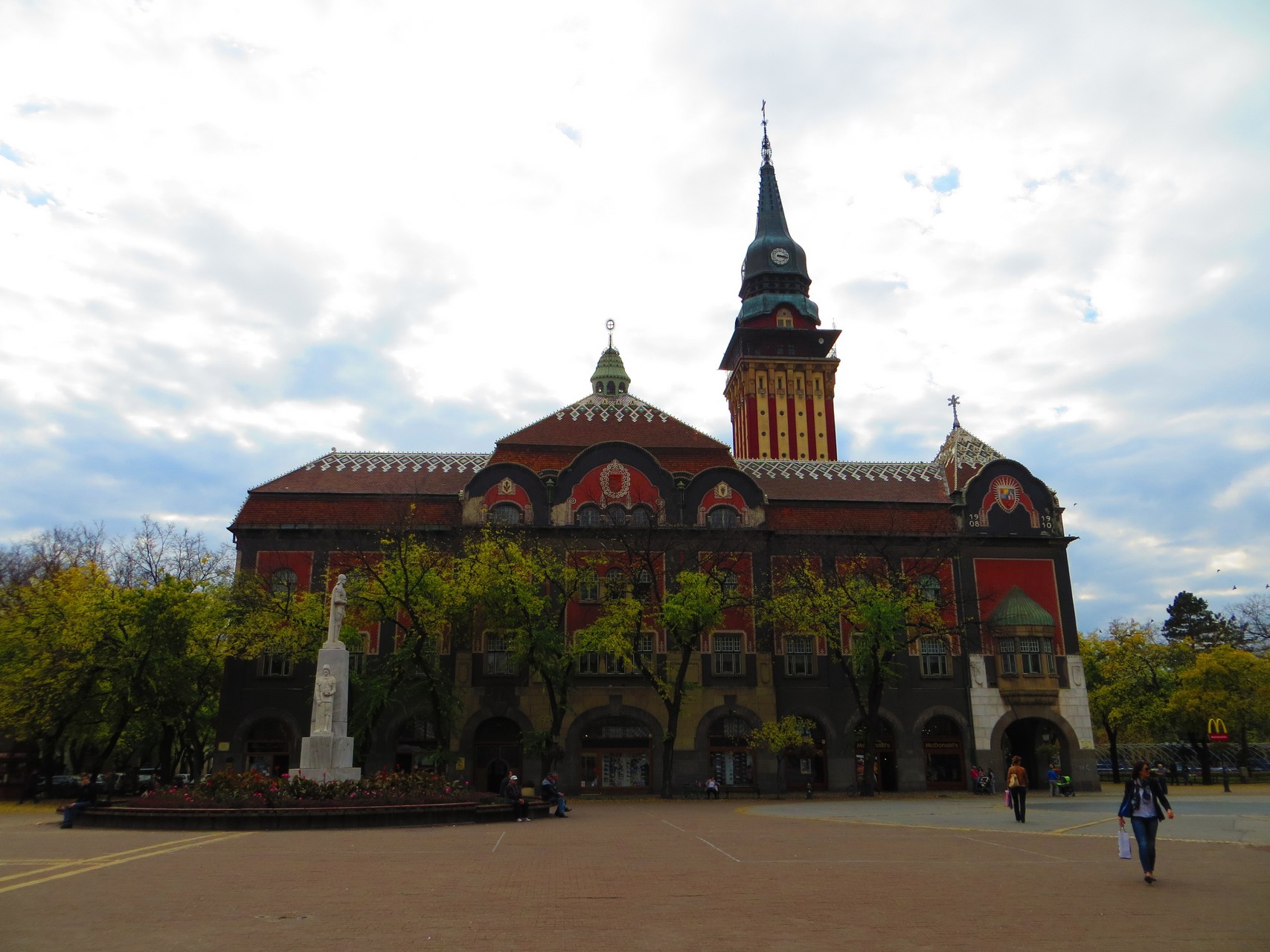 cc_Mister No_CC-BY-3.0
cc_Mister No_CC-BY-3.0
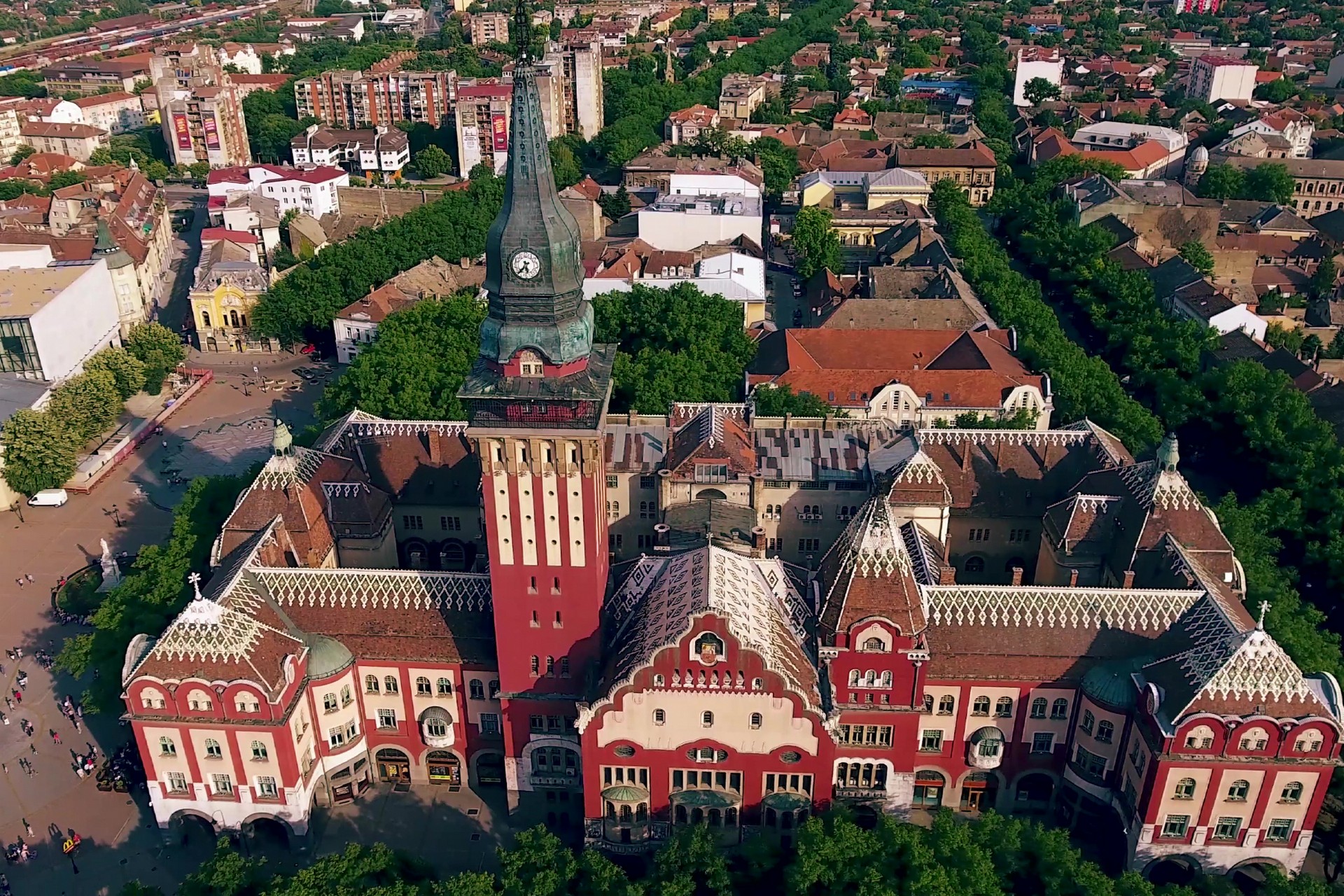
The Subotica City Hall
Unlike many European cities, Subotica has a central district that is not dominated by a cathedral or a church, but by a City Hall. Because of its location, size, and ornate Hungarian Art Nouveau architecture, the City Hall has become a landmark, the center and most iconic symbol of Subotica....
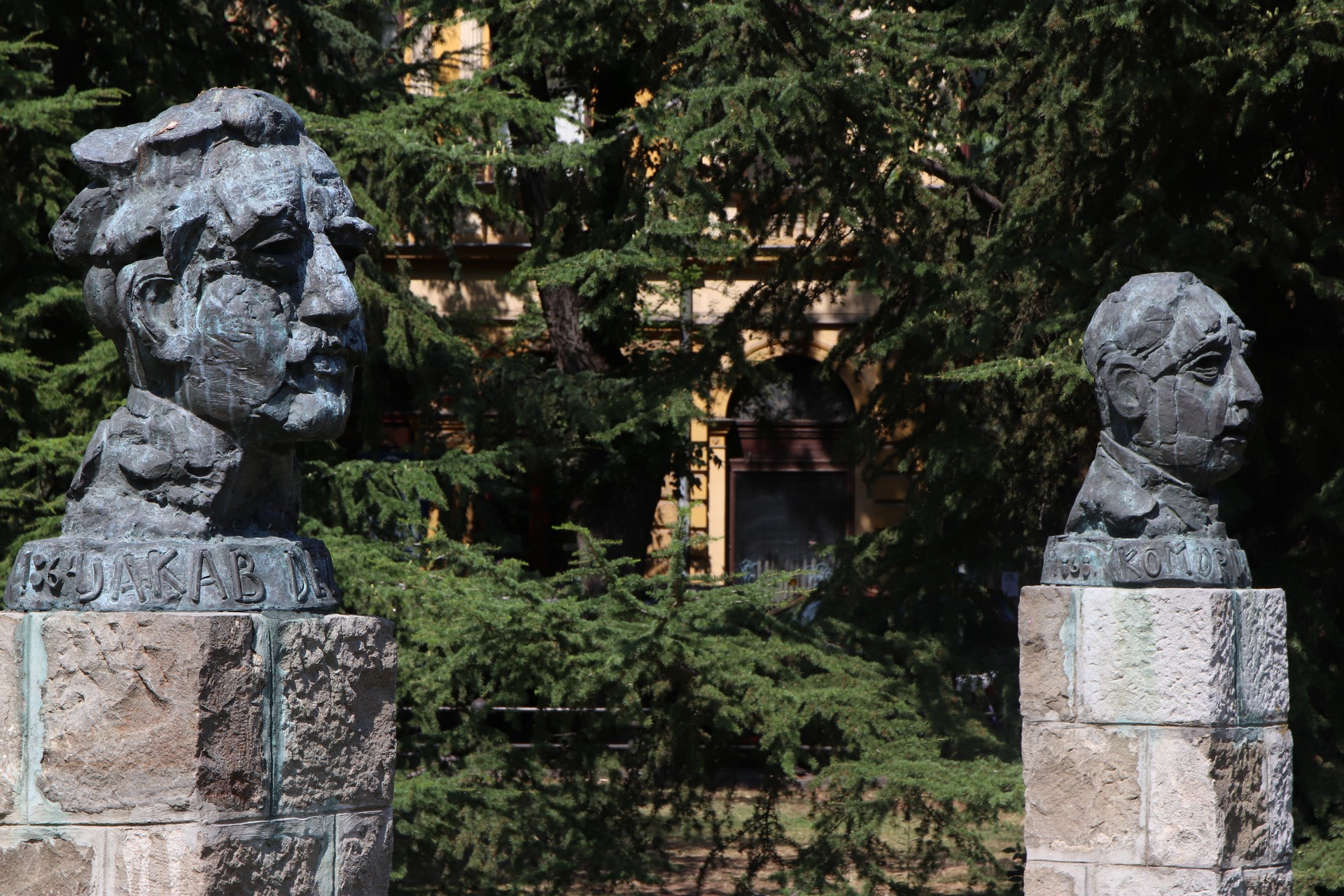
Busts of Jewish architects Komor and Jakab
The Budapest architects, Marcell Komor (1868-1944) and Dezső Jakab (1864-1932) are the most important Art Nouveau builders of Subotica. They designed, among others, the Subotica Synagogue, the City Hall, Spa complex in Palić and some other buildings in Subotica. Their two busts, the work of the sculptor Sava Halugin, erected...
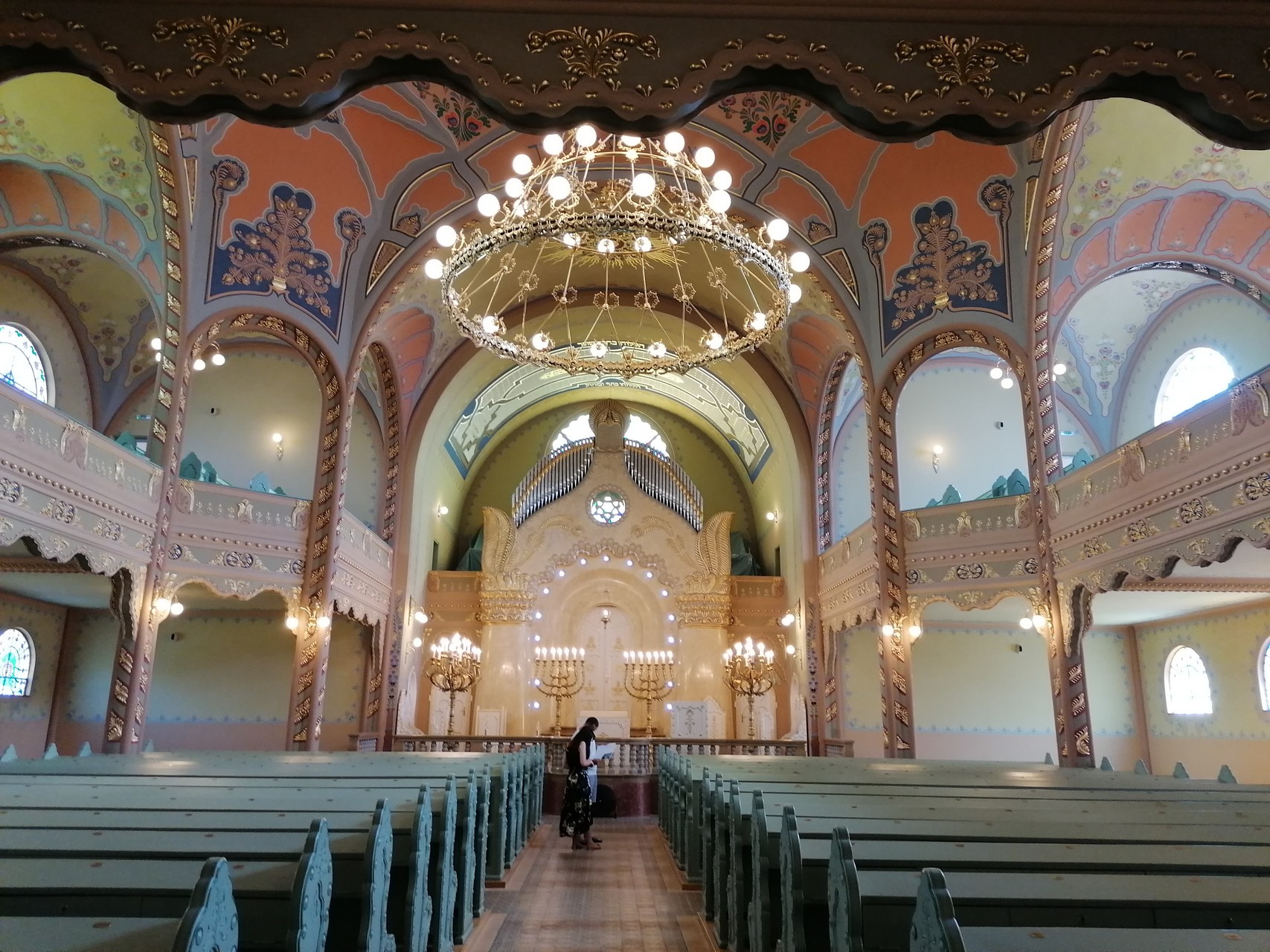 cc_ Ванилица_CC-BY-SA-4.0
cc_ Ванилица_CC-BY-SA-4.0
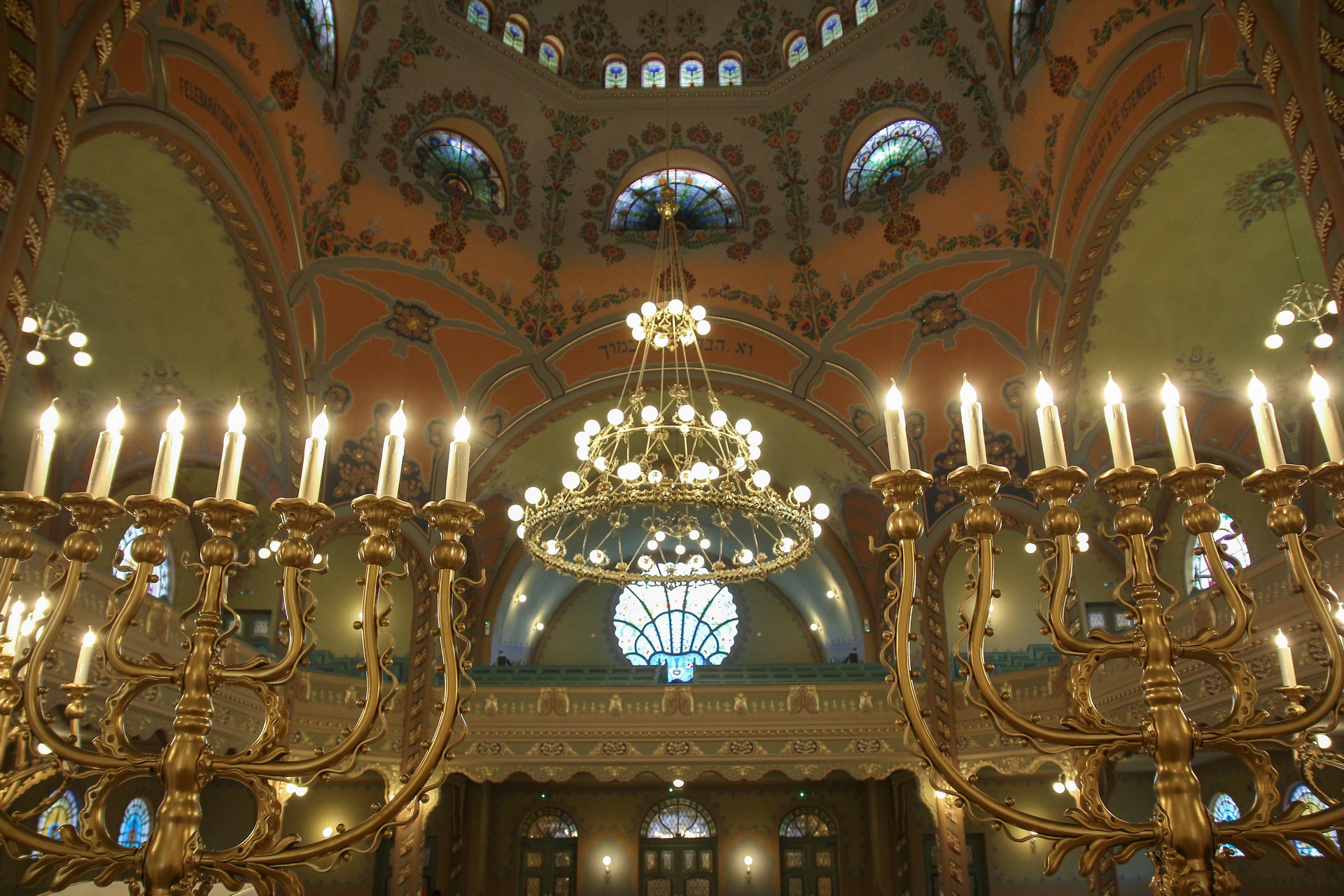
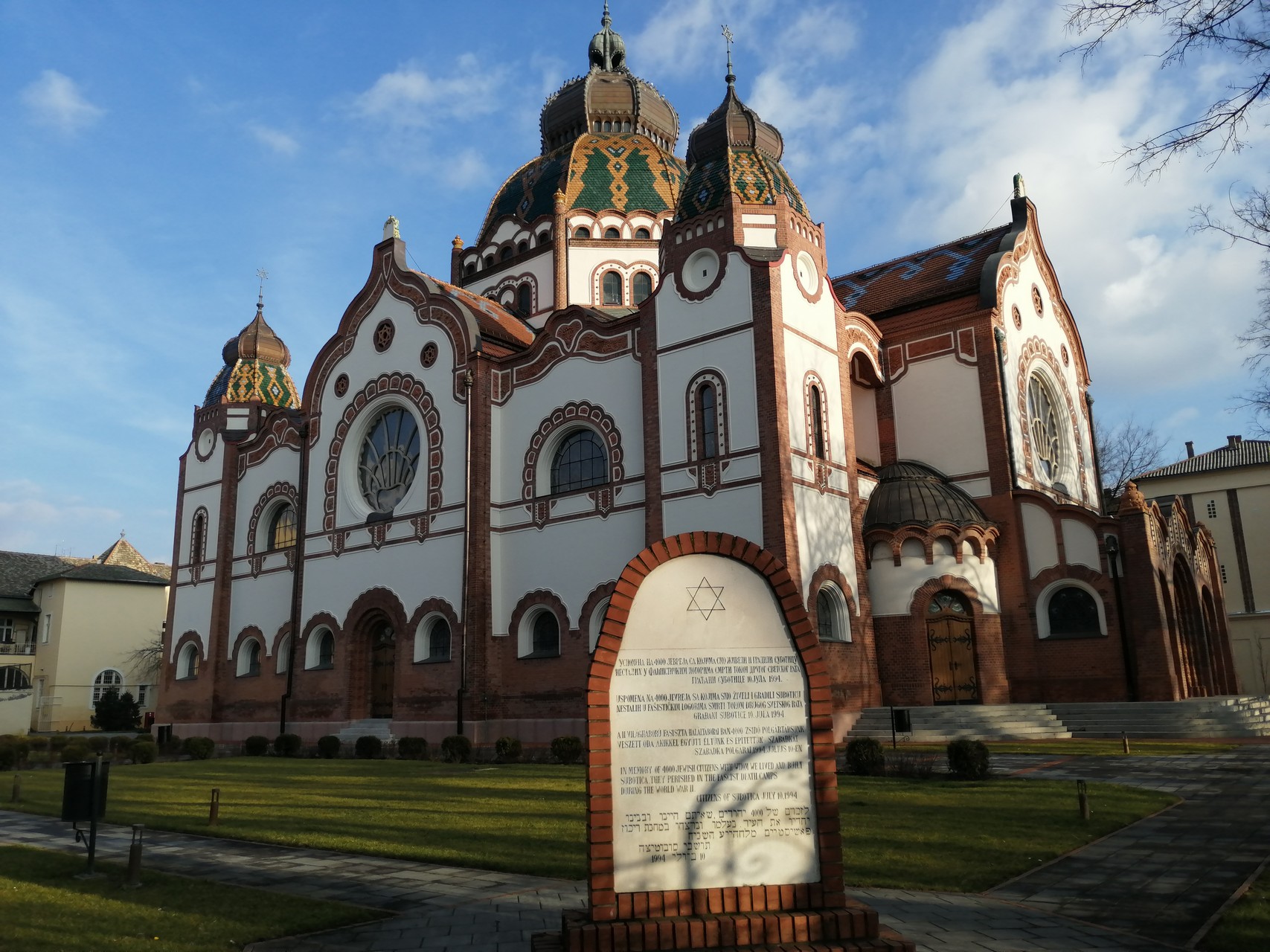 cc_Marko Stanojević_CC-BY-SA-4.0
cc_Marko Stanojević_CC-BY-SA-4.0
The Subotica Synagogue
The gorgeous Subotica Synagogue dates back to 1902. It was the work of renowned Budapest architects Dezső Jakab and Marcell Komor. In addition to its indisputable artistic and aesthetic value, it is exceptional because it is the only synagogue in Europe that contains elements of the Hungarian Art Nouveau style....